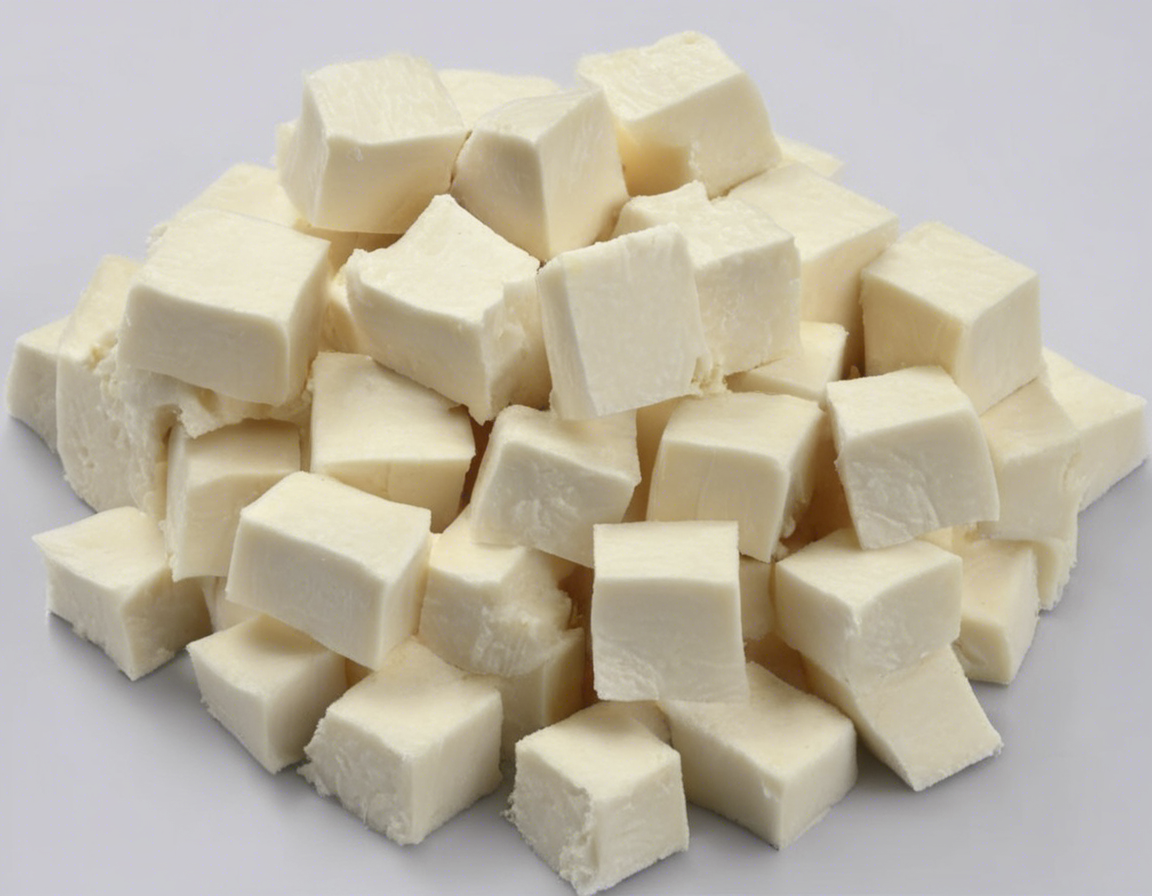Paneer, a popular dairy product in South Asia and the Indian subcontinent, is known for its rich creamy texture and versatile taste. What sets paneer apart from other dairy products is its high protein content, making it an excellent source of protein for vegetarians and those looking to increase their protein intake. In particular, 100 grams of paneer can provide an impressive amount of protein that can support muscle growth, weight management, and overall health.
Understanding Paneer Protein Content
Paneer is made by curdling hot milk with a food acid like lemon juice, vinegar, or yogurt and then straining the curds to create a firm cheese-like product. This process results in a protein-rich food that contains essential amino acids necessary for the body’s proper functioning.
In just 100 grams of paneer, you can typically find around 18 grams of protein, which is comparable to the protein content in meats like chicken or turkey. This makes paneer an ideal choice for vegetarians and vegans looking to meet their protein needs.
Benefits of Paneer Protein
1. Muscle Growth and Repair
Protein is essential for muscle growth and repair, especially for individuals engaged in strength training or regular exercise. The high protein content in paneer can help support muscle recovery and growth, making it a valuable addition to the diet of athletes and fitness enthusiasts.
2. Weight Management
Protein is known for its ability to increase feelings of fullness and reduce cravings, which can aid in weight management. By including paneer in your meals, you can promote satiety and potentially reduce overall calorie intake, making it easier to maintain a healthy weight.
3. Bone Health
In addition to protein, paneer is also a good source of calcium, which is essential for maintaining strong and healthy bones. Adequate calcium intake is crucial for preventing osteoporosis and other bone-related conditions, making paneer a favorable choice for bone health.
Incorporating Paneer Protein in Your Diet
1. Paneer Stir-Fry
Add cubed paneer to a stir-fry of colorful vegetables for a quick and nutritious meal. The paneer will absorb the flavors of the spices and vegetables, creating a delicious dish rich in protein.
2. Paneer Salad
Create a paneer salad with fresh greens, cherry tomatoes, cucumbers, and a light vinaigrette dressing. The creamy texture of paneer pairs well with the crispness of the salad ingredients, offering a satisfying and nutritious meal.
3. Paneer Tikka
Marinate paneer cubes in a blend of yogurt and spices, then grill or bake them for a flavorful paneer tikka dish. This protein-rich appetizer or main course is perfect for gatherings or as a weeknight dinner option.
Tips for Maximizing Paneer Protein Absorption
To ensure optimal absorption of protein from paneer, consider the following tips:
-
Pair Paneer with Vitamin C: Vitamin C helps enhance iron absorption, which is important for utilizing the protein in paneer effectively. Add foods rich in Vitamin C like bell peppers, broccoli, or citrus fruits to your paneer dishes.
-
Include Fiber-Rich Foods: Fiber can slow down digestion, allowing for better protein absorption. Incorporate whole grains, legumes, and vegetables high in fiber into your meals with paneer to maximize its nutritional benefits.
-
Moderate Portion Sizes: While paneer is a nutritious food, it is also calorie-dense. Be mindful of portion sizes to avoid consuming excess calories while still benefiting from its protein content.
Frequently Asked Questions (FAQs)
1. Can paneer be consumed by individuals with lactose intolerance?
- Paneer is made by curdling milk, which reduces its lactose content. Many individuals with lactose intolerance can tolerate paneer without issues. However, it is best to monitor your body’s response and consult a healthcare provider if necessary.
2. Is paneer a good source of complete protein?
- Yes, paneer is considered a good source of complete protein as it contains all nine essential amino acids required by the body for various functions.
3. How can I make paneer at home?
- To make paneer at home, heat milk until it boils, add a food acid like lemon juice or vinegar, stir until the curds separate from the whey, strain the mixture, and press it to form a block of paneer.
4. Can paneer be frozen for later use?
- Yes, paneer can be frozen for later use. Cut it into cubes, place them in an airtight container, and store in the freezer for up to three months. Thaw the paneer in the refrigerator before using.
5. What are some common ways to season paneer for different dishes?
- Paneer can be seasoned with a variety of spices and herbs like cumin, coriander, turmeric, chili powder, garam masala, and fenugreek leaves to enhance its flavor in dishes like curries, stir-fries, and grilled preparations.
In conclusion, paneer protein is a valuable addition to a balanced diet, offering a source of high-quality protein that can benefit muscle growth, weight management, and overall health. By incorporating paneer into your meals and following simple tips for absorption, you can unlock the power of paneer protein and enjoy its nutritional advantages.
